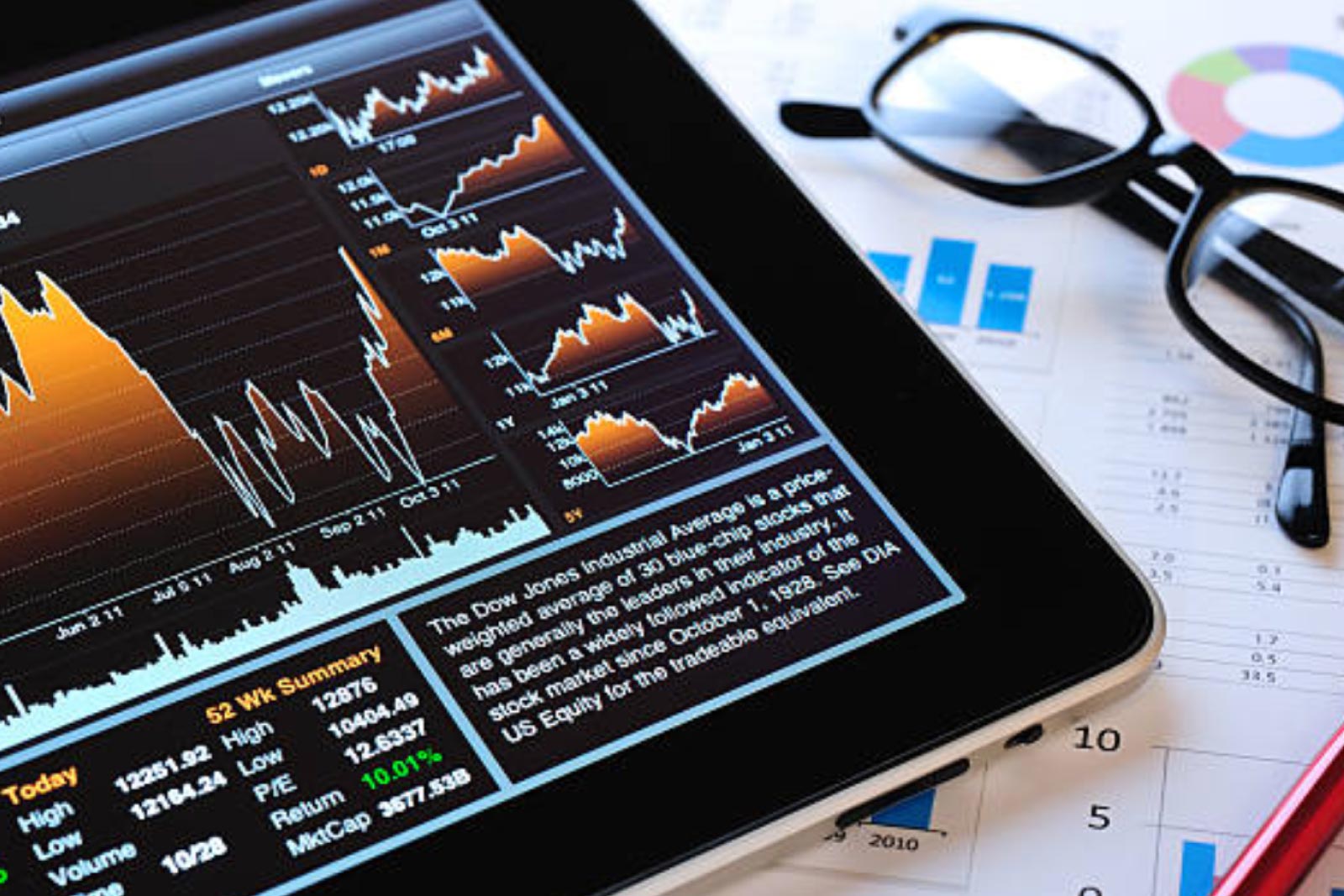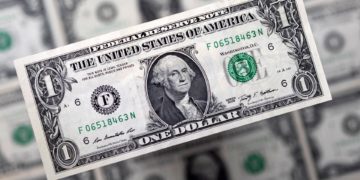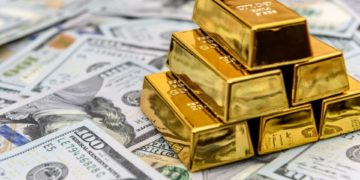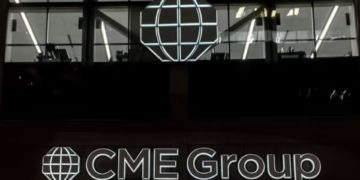As we mentioned earlier, national governments and their corresponding central banking authorities formulate monetary policy to achieve certain economic mandates or goals.
Central banks and monetary policy go hand-in-hand, so you can’t talk about one without talking about the other.
While some of these mandates and goals are very similar between the world’s central bank, each has its own unique set of goals brought on by their distinctive economies.
Ultimately, monetary policy boils down to promoting and maintaining price stability and economic growth.
To achieve their goals, central banks use monetary policy mainly to control the following:
- the interest rates tied to the cost of money,
- the rise in inflation,
- the money supply,
- reserve requirements over banks (the portion of depositors’ balances that commercial banks must have on hand as cash)
- and lending to commercial banks (via the discount window)

Types of Monetary Policy
Monetary policy can be referred to in a couple of different ways.
Contractionary or restrictive monetary policy takes place if it reduces the size of the money supply. It can also occur with the raising of interest rates.
The idea here is to slow economic growth with high-interest rates. Borrowing money becomes harder and more expensive, which reduces spending and investment by both consumers and businesses.
Expansionary monetary policy, on the other hand, expands or increases the money supply, or decreases the interest rate.
The cost of borrowing money goes down in hopes that spending and investment will go up.
Accommodative monetary policy aims to create economic growth by lowering the interest rate, whereas tight monetary policy is set to reduce inflation or restrain economic growth by raising interest rates.
Finally, neutral monetary policy intends to neither create growth nor fight inflation.
The important thing to remember about inflation is that central banks usually have an inflation target in mind, say 2%.
They might not come out and say it specifically, but their monetary policies all operate and focus on reaching this comfort zone.

They know that some inflation is a good thing, but out-of-control inflation can remove the confidence people have in their economy, their job, and ultimately, their money.
By having target inflation levels, central banks help market participants better understand how they (the central bankers) will deal with the current economic landscape.
Let’s take a look at an example.
Back in January of 2010, inflation in the U.K. shot up to 3.5% from 2.9% in just one month. With a target inflation rate of 2%, the new 3.5% rate was well above the Bank of England’s comfort zone.
Mervyn King, the then-governor of the BOE, followed up the report by reassuring people that temporary factors caused the sudden jump, and that the current inflation rate would fall in the near term with minimal action from the BOE.
Whether or not his statements turned out to be true is not the point here.
We just want to show that the market is in a better place when it knows why the central bank does or doesn’t do something in relation to its target interest rate.
Simply put, traders like stability.
Central banks like stability.
Bruce Banner prefers stability.
Economies like stability. Knowing that inflation targets exist will help a trader to understand why a central bank does what it does.

Round and Round with Monetary Policy Cycles
For those of you that follow the U.S. dollar and economy (and that should be all of you!), remember a few years back when the Fed increased interest rates by 10% out of the blue?
It was the craziest thing to come out of the Fed ever, and the financial world was in an uproar!
Wait, you don’t remember this happening?
It was all over the media.
Petroleum prices went through the roof and milk was priced like gold.
You must have been sleeping!
Oh wait, we were just pulling your leg!

We just wanted to make sure you were still awake. Monetary policy would never dramatically change like that.
Most policy changes are made in small, incremental adjustments because the bigwigs at the central banks would have utter chaos on their hands if interest rates changed radically.
Just the idea of something like that happening would disrupt not only the individual trader but the economy as a whole.
That’s why we normally see interest rate changes of .25% to 1% at a time. Again, remember that central banks want price stability, not shock and awe.
Part of this stability comes with the amount of time needed to make these interest rate changes happen. It can take several months to even several years.
Just like forex traders who collect and study data to make their next move, central bankers do a similar job, but they have to focus their decision-making with the entire economy in mind, not just a single trade.
Interest rate hikes can be like stepping on the brakes while interest rate cuts can be like hitting the accelerator but bear in mind that consumers and businesses react a little more slowly to these changes.
This lag time between the change in monetary policy and the actual effect on the economy can take one to two years.
What type of monetary policy would you say she’s pursuing? Contractionary? Expansionary? Neutral?

Here’s an Economic Report, Now What?
The market has a tendency to react based on how people feel. These feelings can be based on their reaction to economic reports, based on their assessment of current market conditions.
And you guessed it – there are tons of people, all with different feelings and ideas.
You’re probably thinking “Geez, there’s a lot of uncertainty in fundamental analysis!”
You’re actually very right.
There’s no way of knowing 100% where a currency pair will go because of some new fundamental data.
That’s not saying that fundamental analysis should be dismissed.
Not at all.

Because of the sheer volume of fundamental data available, most people simply have a hard time putting it all together.
They understand a specific report, but can’t factor it into the broader economic picture. This simply takes time and a deeper understanding of the data.
Also, since most fundamental data are reported only for a single currency, fundamental data for the other currency in the pair would also be needed and would then have to be compared to get an accurate picture.
As we mentioned from the get-go, it’s all about pairing a strong currency with a weak one.
At this point, you’re probably still waiting for the answer to “Will I ever need to use fundamental analysis to become a successful forex trader?”
We totally understand that there are purists on both sides.
Technical analysis seems to be the preferred methodology of short-term forex traders, with price action as their main focus.
Intermediate or medium traders and some long-term traders like to focus on fundamental analysis too because it helps with currency valuation.

We like to be a little crazy by saying you should use BOTH!
Technically-focused strategies are blown to bits when a key fundamental event occurs.
In the same respect, pure fundamental traders miss out on the short-term opportunities that pattern formations and technical levels bring.
A mix of technical and fundamental analysis covers all angles. You’re aware of the scheduled economic releases and events, but you can also identify and use the various technical tools and patterns that market players focus on.
I have a couple of trade examples for you showing how the perfect blend of fundamental and technical analysis results in huge profits.
Check out Cyclopip’s huge win on EUR/JPY and Happy Pip’s 115-pip profit on NZD/USD.
There’s your answer!
Happy?!
In this lesson, we’ll discuss the major fundamental factors that affect currencies.
These are interest rates, monetary policies, and market-moving economic reports.











































